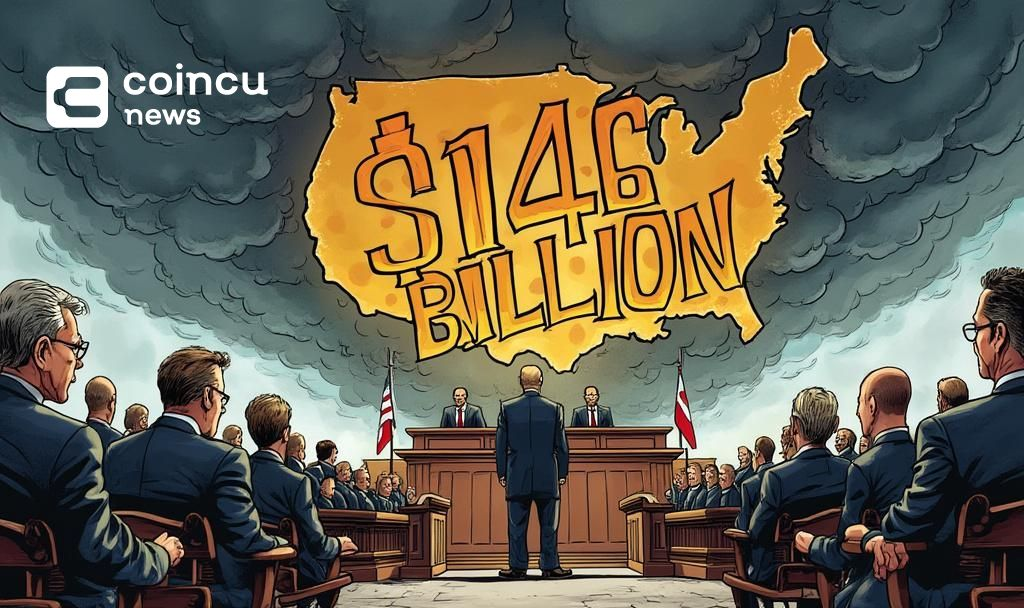$109137.877
At CoinCu News, we give both basic and in-depth articles on the latest news in the cryptocurrency and blockchain sectors.
John Kojo Kumi is a cryptocurrency researcher and writer specializing in emerging startups, tokenomics, and market dynamics within the blockchain ecosystem. With years of experience in crypto journalism and blockchain research, he provides in-depth coverage of decentralized finance (DeFi), NFTs, and Web3 innovations.
He holds a Bachelor of Arts in Geography and Rural Development from Kwame Nkrumah University of Science and Technology, Kumasi, bringing a multidisciplinary perspective to the evolving digital asset space. As a Crypto News Writer, he tracks and reports on industry trends, while his role as a Registrar at the Commission on Human Rights and Administrative Justice reflects his commitment to governance and transparency.
His expertise spans content strategy, SEO optimization, and technical research, enabling him to craft insightful, data-driven analyses. Passionate about blockchain’s transformative potential, he strives to equip readers with the knowledge to navigate the complexities of digital assets and decentralized technologies.
News
Upbit Lists MOODENG on Solana Network
Upbit lists MOODENG on Solana, offering KRW, BTC, USDT trading pairings; market sees potential shifts.
Jul
BounceBit to Launch Tokenized Stock Products in Q4 2025
BounceBit announces Q4 2025 launch for tokenized stock products across major global markets.
Jul
Tech Titans Plan Erebor Bank to Serve Crypto and AI Startups
Erebor Bank, backed by tech billionaires including Peter Thiel, aims to support crypto and AI
Jul
Peter Thiel and Tech Leaders Plan Erebor Bank Launch
Peter Thiel and tech billionaires aim to launch Erebor Bank, filling the SVB gap in
Jul
Trump Advocates “Beautiful Act” as House Prepares for Vote
U.S. President Trump urges the House to approve the "Beautiful Act," enhancing various sectors and
Jul
DOJ Dismantles $14.6 Billion Healthcare Fraud Network
DOJ's major crackdown on healthcare fraud exposes a $14.6B Russian-led network, leveraging cryptocurrencies for laundering.
Jul
Stablecoin Revenue Tops $10 Billion Amid Market Growth
Stablecoin issuers earn $10B revenue, boosting Tether and Circle’s market impact.
Jul
Ripple Seeks U.S. National Banking License for Enhanced Regulation
Ripple applies for a U.S. national banking license, aiming to enhance RLUSD regulation.
Jul
Coinbase Adds Sky and USDS to Listing Roadmap
Coinbase lists Sky (SKY) and USDS on its roadmap pending trading launch.
Jul
[tptn_list how_old="7" limit="5" title_length="0" heading="0" show_date="0" ]
[tptn_list how_old="30" limit="5" title_length="0" heading="0" show_date="0" ]
Lastest
Government and Business Leaders Converge at DC Blockchain Summit 2026
Capital Turnaround, 770 M St SE, United States
Blockchain Summit






















